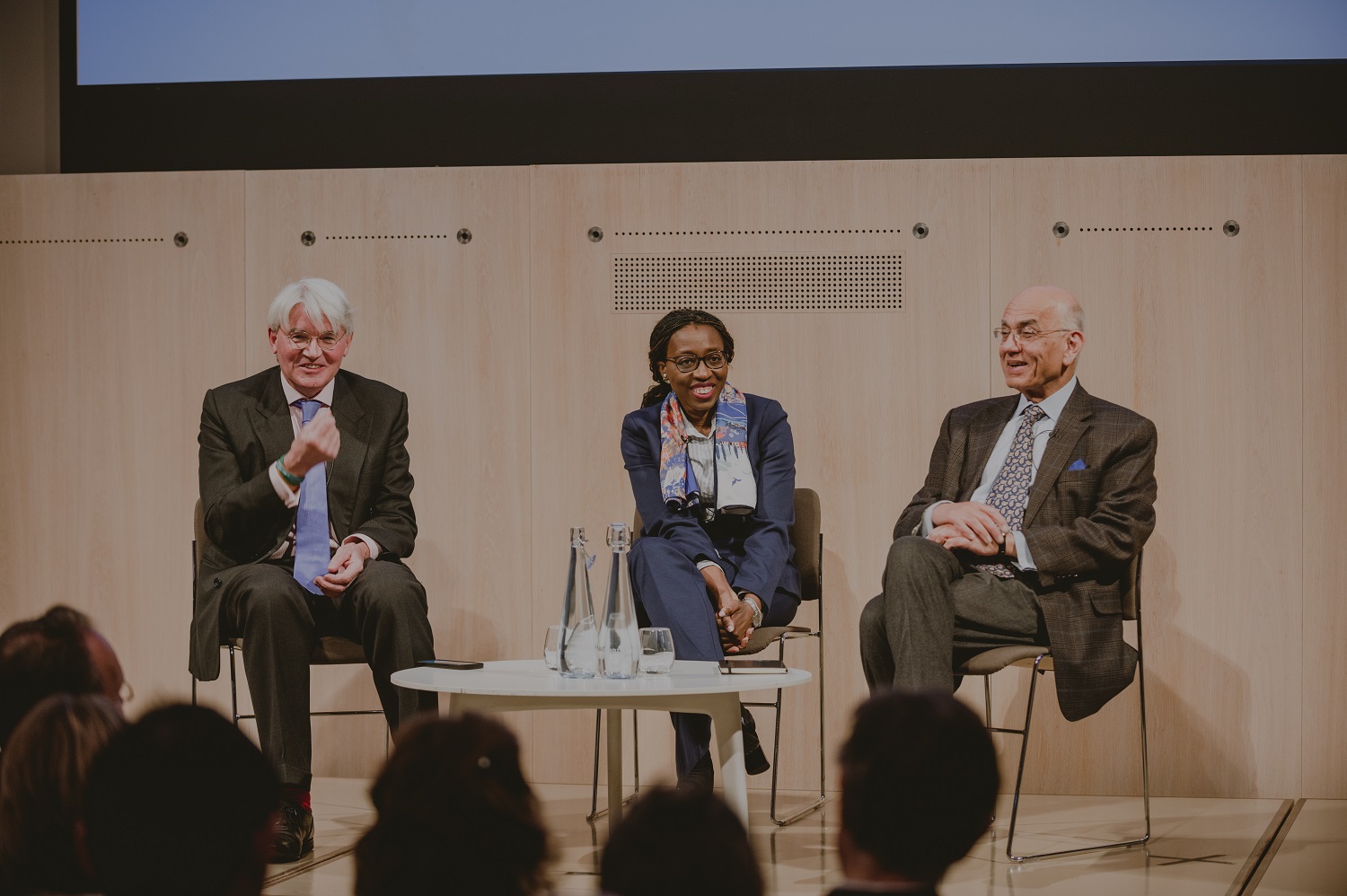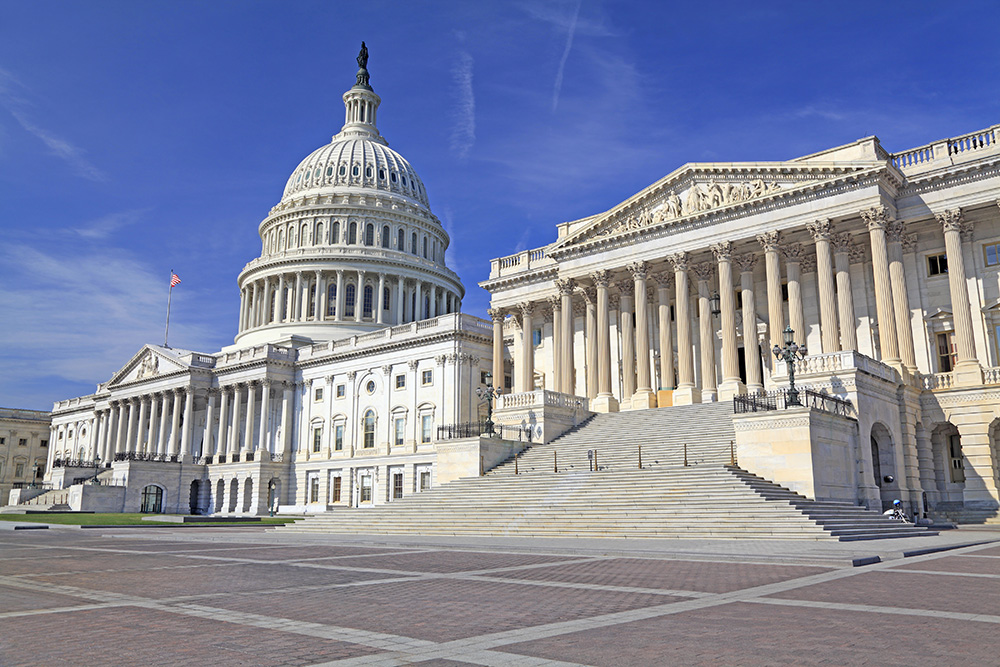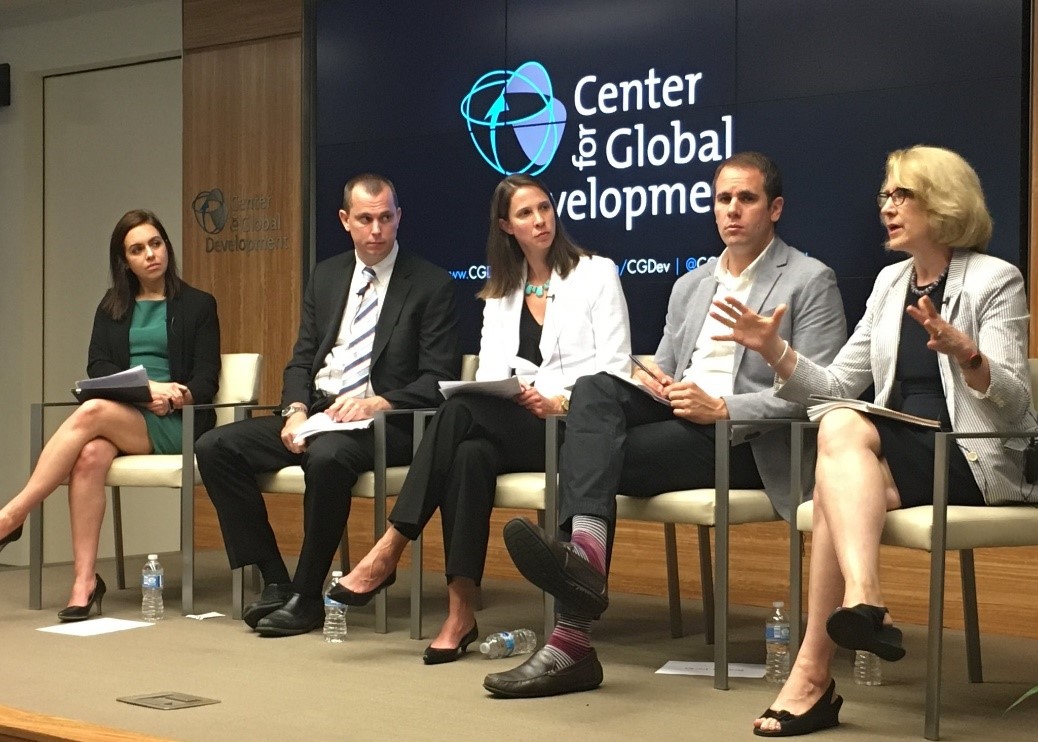Together, we can eradicate extreme poverty and erase barriers to opportunity. But this requires a sustained commitment to our people — so farmers can feed more people; so entrepreneurs can start a business without paying a bribe; so young people have the skills they need to succeed in this modern, knowledge-based economy. President Barack Obama's address to UN General Assembly (9/28/15)
Over the weekend the world heard much about the adoption of the Sustainable Development Goals (SDGs), their soaring ambition, and what the world might look like in 2030 if (when?) we achieve them. President Obama followed the weekend SDG Summit with a Monday morning address to the UN General Assembly that further extolled what a world free of extreme poverty might look like.
Critics will call these words — and much of the expansive SDG agenda — simple rhetoric backed by no real policy or implementation plans. While this may be true for parts of the agenda, I’m happy to report that, for the United States, the work to end extreme poverty (EEP) has already begun in earnest.
Last week USAID, the world’s largest aid agency, released its Vision for Ending Extreme Poverty. That’s right, USAID (an agency not usually known for its foresight and strategic acumen) has already put forth its plan on how it intends to reorient itself to meet the call to end extreme poverty.
Even more exciting, there’s a lot to like in this Vision. The document:
Defines extreme poverty as “the inability to meet basic consumption needs on a sustainable basis.” The last part of this definition is critical as it defines extreme poverty beyond consumption to include assets. In other words, it’s not enough to move just above the poverty line; USAID must also work to ensure that those just above the line don’t fall back into extreme poverty and deprivation.
Lays out a theory of change directly tied to inclusive economic growth, strong institutions, and accountable governance. These drivers of ending extreme poverty provide the roadmap by which USAID will pursue this agenda. This theory of change also provides some clues into US priorities for SDG implementation, namely Goals 1, 8, and 16.
Emphasizes that this is NOT another initiative. Rather, this is a guiding principle that should be realized, to the furthest extent possible, through existing investments like Feed the Future, Power Africa, and the Global Development Lab. For example, instead of inventing new poverty diagnostics, the Agency will seek to tailor existing analytic tools at the Mission level to embed a greater focus on extreme poverty i.e. a constraints-to-growth analysis incorporates disaggregated analyses to focus on specific constraints for the extreme poor.
USAID has hailed this Vision as moving from the “what” to the “how” of ending extreme poverty. Arguably there is still much to be decided on the implementation front. In the report, USAID notes that it will issue operational guidance on integrating extreme poverty into USAID’s Program Cycle. This guidance will be incredibly important in operationalizing DC-based plans into Mission-level implementation.
Finally, USAID’s Vision for Ending Extreme Poverty goes to great lengths to acknowledge the comparative advantage of the Agency in ending extreme poverty. Yet, it never spells out what the Agency’s comparative advantage actually is. This focus should determine where and how USAID directs its resources to end extreme poverty – so it’d be helpful to know.
Lingering questions aside, I’m heartened that USAID has spoken with action instead of words on the ending extreme poverty agenda. Over a year of consultations and analysis went into the creation of this Vision, and USAID has already assembled implementation teams for how the Vision will translate into practice. Kudos to USAID for leading on how it will define this critical part of the SDG agenda – now it’s time to lead the way on implementation.
CGD blog posts reflect the views of the authors, drawing on prior research and experience in their areas of expertise.
CGD is a nonpartisan, independent organization and does not take institutional positions.





